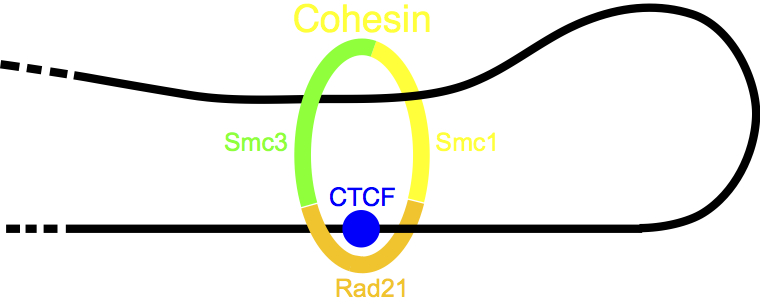Transcription Insulation
Over 15 years ago, we were the first group to determine the locations of a large number of insulators in the human genome. Insulators are an important class of transcriptional regulatory elements that affect gene expression by preventing the spread of heterochromatin and restricting how enhancers select their target promoters. We continue to investigate the mechanisms involved in the establishment and segregation of euchromatin and heterochromatin, the folding of chromatin into higher-order structures, and how these insulation mechanisms affect gene control. We employ ChIP-seq (chromatin immunoprecipitation), 3C (chromosome conformation capture), 4C, HiC, GRO-seq (nascent RNA mapping), single-cell transcriptomic, and other functional genomics tools to define and analyze how the human genome is regulated. We utilize human cell lines and tissues (embryonic stem cells, induced pluripotent cells, primary fibroblasts and lymphoblasts, cancer/immortalized cells, and primary cancer tissues) as well as mouse models. We couple genome-wide experimental strategies with computational methods to systematically determine patterns, modes, and mechanisms of genome expression.
Transcription Elongation
Emerging functional genomic data suggest that transcription elongation is a critical step of oncogene expression in cancers. We are interested in defining pathways and networks that are critical for the elongation step of oncogene transcription. We integrate global run-on sequencing (GRO-seq), copy number analysis, functional genomics and small molecule screening to achieve a comprehensive, systems level understanding of the transcription elongation control network at oncogenes and to develop strategies for selective inhibition of the network for cancer therapy.
Enhancer Biology
There are millions of enhancers in the human genome and these enhancers function to shape cell identity by directing distinct genome expression programs. We are applying multiple quantitative genomic approaches to understand various aspects of enhancer biology including their functional relevance in various health and disease context, their selective and specific interactions with the target promoters, and their mechanisms of action.





